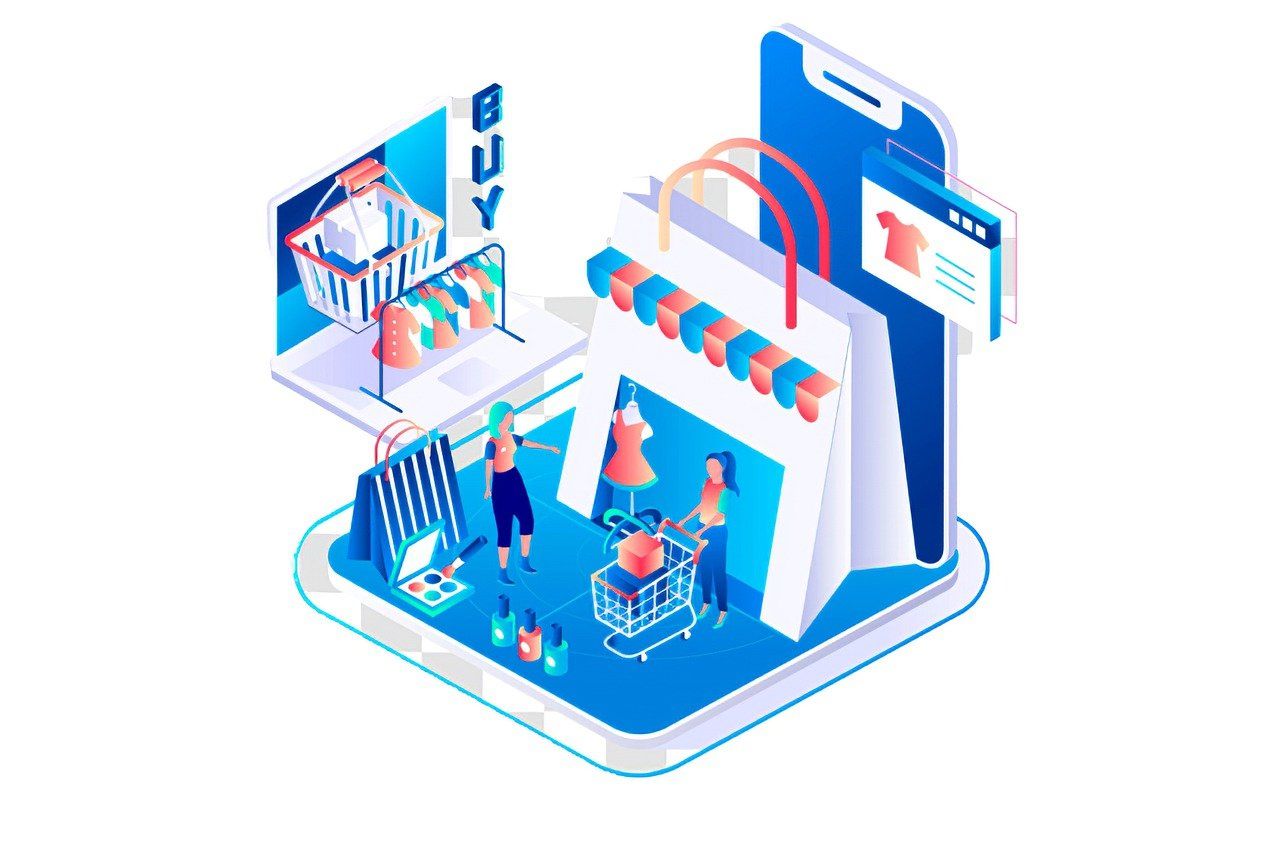The journey of online retail is a fascinating story of innovation, adaptation, and exponential growth.
It spans several decades, evolving from rudimentary electronic transactions to the sophisticated, global e-commerce ecosystem we know today.
This article explores the historical evolution of online retail, tracing its path from the early internet shops to the current giants of e-commerce.
The Dawn of E-commerce
The origins of online retail can be traced back to the 1970s and 1980s, with the development of electronic data interchange (EDI) and teleshopping.
EDI allowed businesses to exchange documents electronically, laying the groundwork for electronic transactions.
Meanwhile, teleshopping offered consumers the ability to shop from home via television broadcasts, hinting at the potential for remote purchasing.
However, it was the advent of the World Wide Web in the early 1990s that truly set the stage for online retail.
The first-ever online transaction is rumored to have been a pizza from Pizza Hut in 1994, but it was the launch of Amazon.com in 1995 that marked the beginning of online retail as we know it.
Amazon started as an online bookstore but quickly expanded its offerings, setting a precedent for online retail platforms.
The Expansion and Diversification of Online Retail
The late 1990s and early 2000s saw a rapid expansion of online retail, with the emergence of eBay, Alibaba, and other platforms that broadened the e-commerce landscape.
eBay introduced the auction model to online shopping, allowing consumers to buy and sell goods in an open market.
Alibaba’s launch in 1999 revolutionized B2B e-commerce, connecting Chinese manufacturers with international buyers.
This period also witnessed the dot-com bubble, a speculative bubble covering roughly 1997 to 2001, where internet companies, including many e-commerce startups, saw their values soar and then dramatically collapse.
Despite the turmoil, the survivors, like Amazon and eBay, emerged stronger, benefiting from the increased internet penetration and consumer familiarity with online shopping.
The Rise of Omni-Channel Retailing and Mobile Commerce
The mid-2000s to early 2010s marked a significant shift in online retail, with the rise of omni-channel retailing and mobile commerce (m-commerce).
Retailers began integrating their online and offline operations, providing a seamless shopping experience across multiple channels.
The introduction of smartphones and mobile apps opened new avenues for online shopping, making it more accessible and convenient.
This era also saw the emergence of social media platforms as important marketing tools for online retailers.
The Current Giants of E-commerce
Today, the online retail landscape is dominated by giants like Amazon, Alibaba, and JD.com, which have expanded beyond mere retail to encompass cloud computing, digital payments, and logistics services.
These companies have set new standards for convenience, speed, and customer service, with innovations like one-day shipping, easy returns, and personalized shopping experiences.
Moreover, the current e-commerce ecosystem is characterized by its incredible diversity, with niche online retailers thriving alongside the giants.
Direct-to-consumer (DTC) brands, subscription services, and marketplace platforms like Etsy and Shopify enable small businesses and entrepreneurs to reach global audiences.
The evolution of online retail from its early days to the present is a testament to the power of technology to transform how we live and shop.
It reflects not only advancements in internet and mobile technology but also changes in consumer behavior and expectations.
As we look to the future, the history of online retail suggests that innovation and adaptation will continue to drive the industry forward, with new technologies like augmented reality, artificial intelligence, and blockchain poised to redefine the e-commerce experience yet again.














